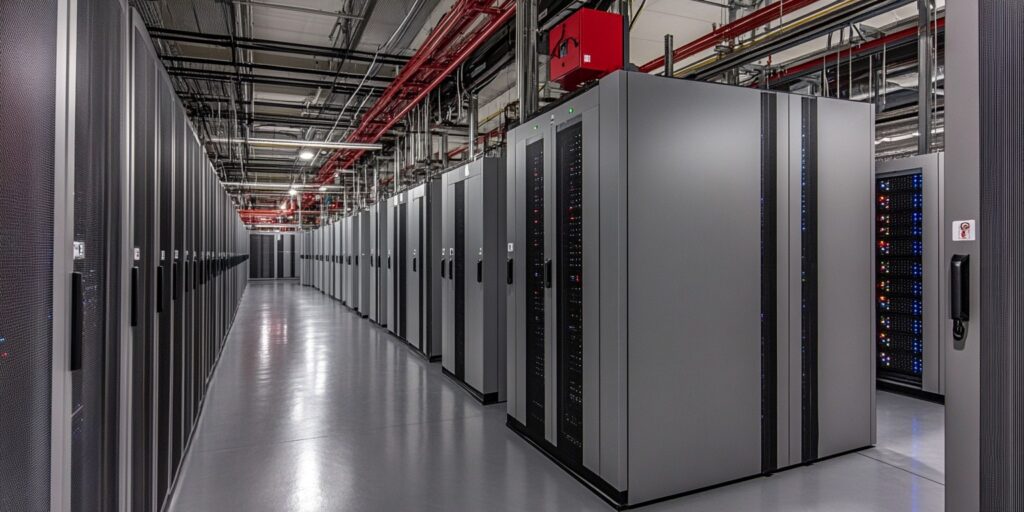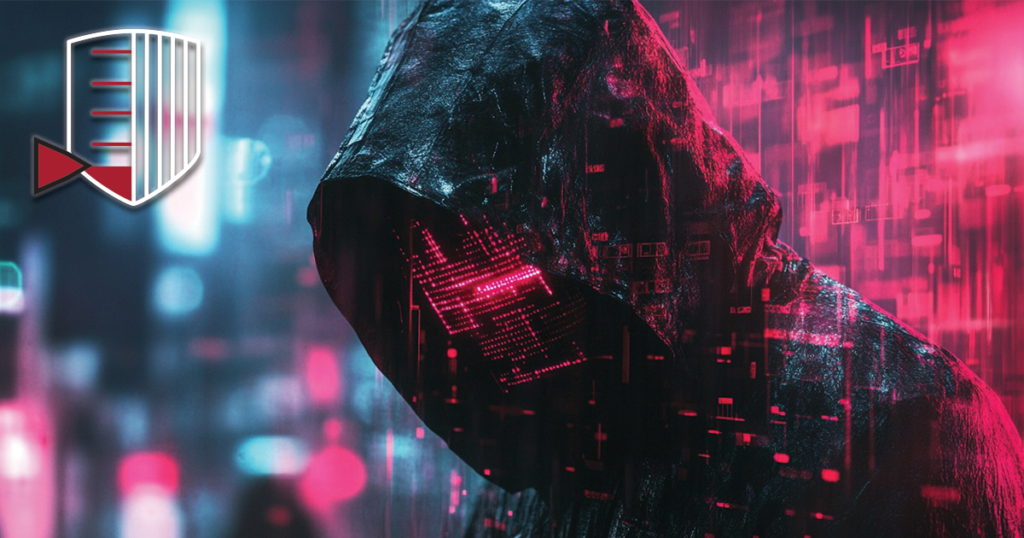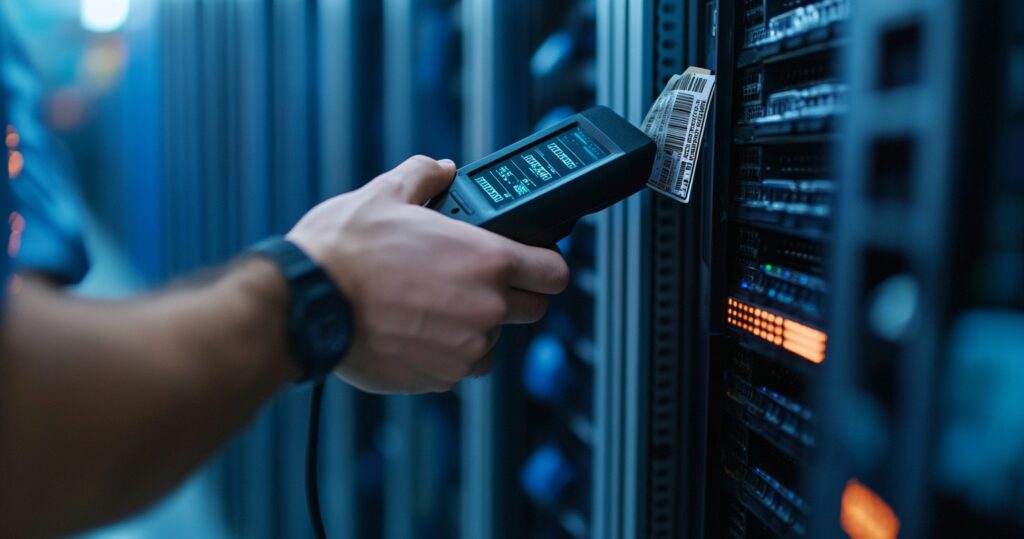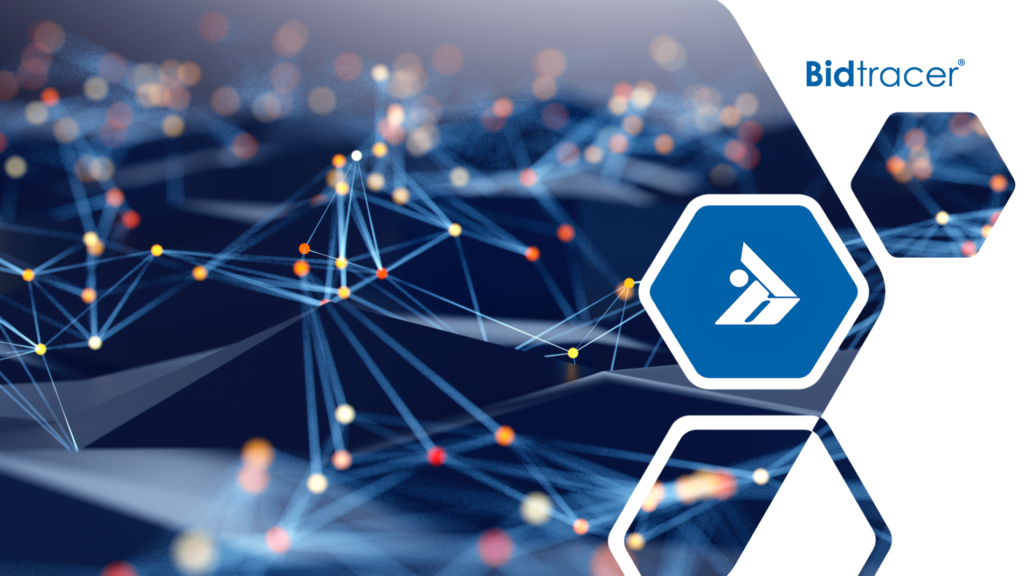
AHREXPO 2025 | BAS 101 – Data & Architectural Strategies
Session Information: Wednesday, February 12, 2025 | 12:00 PM – 1:00 PM | Room: W309
Home » You searched for data

Session Information: Wednesday, February 12, 2025 | 12:00 PM – 1:00 PM | Room: W309

Explore how Nlyte Software’s DCIM solutions enable data centers to meet the demands of AI workloads. From optimized floor planning and asset management to power chain redundancy and thermal management, Nlyte provides the tools needed for efficient and scalable AI infrastructure.

In the ever-evolving world of data center security, attention has primarily been focused on network security devices—the metaphorical front doors—keeping them locked tight against cyberattacks. However, hackers are now shifting their focus to the less-guarded back doors: the smart power strips powering data center racks. These often-overlooked devices, with their outdated firmware and default passwords, provide an easy entry point for attackers into otherwise secure environments.
In this article, we delve into the critical role that smart power strip firmware plays in data center security. We explore the rising threat landscape and outline best practices for keeping these devices up to date to prevent unauthorized access. Finally, we highlight how Nlyte Software’s Device Management Solution can transform the way data centers manage firmware across a heterogeneous array of devices, enhancing operational efficiency and security. Protecting your data center isn’t just about securing the front door anymore—it’s about making sure every door is locked tight.

The moment a new piece of equipment arrives at a data center’s loading dock, its journey begins—a journey that will take it through installation, operation,

When you think of traditional “sales” activities, you can’t just think of roles who are client-facing or who attend events. Everyone in the company contributes to sales excellence, from customer service answering the phone every time to service repair technicians who have completed their repairs at dawn, sent emails updating the client, ordered parts, and secured a new maintenance contract, all through an app without ever having an in-person meeting.

In today’s rapidly evolving technological landscape, data centers are becoming faster, smarter, and highly scalable. While this advancement is necessary to keep up with increasing

As smart building technology continues to evolve, the issue of data privacy will become increasingly important. Building owners and operators will need to stay abreast of the latest privacy regulations and technologies to ensure they are protecting the personal information of their occupants.

This post explores the challenges and opportunities of integrating various building systems, or “silos,” to achieve greater efficiency and functionality. It emphasizes the importance of understanding use cases and user requirements to unlock the value of data generated by these systems. By focusing on specific use cases and establishing standards for data exchange, the building industry can move towards a more integrated and efficient ecosystem, benefiting tenants, operations teams, and asset managers alike. The TXO (Total Cost of Ownership) framework provides a useful tool for prioritizing investments in data integration and maximizing financial benefits.

A universal data management interface (UDMI) system includes a processing system generates a visual interface through which a user can access, manage, and manipulate data

In this live session, C4SB explores how existing IT standards can be utilized to develop an enterprise data-access platform and marketplace that unlocks the immense

Session Information: Wednesday, February 12, 2025 | 12:00 PM – 1:00 PM | Room: W309

Explore how Nlyte Software’s DCIM solutions enable data centers to meet the demands of AI workloads. From optimized floor planning and asset management to power chain redundancy and thermal management, Nlyte provides the tools needed for efficient and scalable AI infrastructure.

In the ever-evolving world of data center security, attention has primarily been focused on network security devices—the metaphorical front doors—keeping them locked tight against cyberattacks. However, hackers are now shifting their focus to the less-guarded back doors: the smart power strips powering data center racks. These often-overlooked devices, with their outdated firmware and default passwords, provide an easy entry point for attackers into otherwise secure environments.
In this article, we delve into the critical role that smart power strip firmware plays in data center security. We explore the rising threat landscape and outline best practices for keeping these devices up to date to prevent unauthorized access. Finally, we highlight how Nlyte Software’s Device Management Solution can transform the way data centers manage firmware across a heterogeneous array of devices, enhancing operational efficiency and security. Protecting your data center isn’t just about securing the front door anymore—it’s about making sure every door is locked tight.

The moment a new piece of equipment arrives at a data center’s loading dock, its journey begins—a journey that will take it through installation, operation,

When you think of traditional “sales” activities, you can’t just think of roles who are client-facing or who attend events. Everyone in the company contributes to sales excellence, from customer service answering the phone every time to service repair technicians who have completed their repairs at dawn, sent emails updating the client, ordered parts, and secured a new maintenance contract, all through an app without ever having an in-person meeting.

In today’s rapidly evolving technological landscape, data centers are becoming faster, smarter, and highly scalable. While this advancement is necessary to keep up with increasing

As smart building technology continues to evolve, the issue of data privacy will become increasingly important. Building owners and operators will need to stay abreast of the latest privacy regulations and technologies to ensure they are protecting the personal information of their occupants.

This post explores the challenges and opportunities of integrating various building systems, or “silos,” to achieve greater efficiency and functionality. It emphasizes the importance of understanding use cases and user requirements to unlock the value of data generated by these systems. By focusing on specific use cases and establishing standards for data exchange, the building industry can move towards a more integrated and efficient ecosystem, benefiting tenants, operations teams, and asset managers alike. The TXO (Total Cost of Ownership) framework provides a useful tool for prioritizing investments in data integration and maximizing financial benefits.

A universal data management interface (UDMI) system includes a processing system generates a visual interface through which a user can access, manage, and manipulate data

In this live session, C4SB explores how existing IT standards can be utilized to develop an enterprise data-access platform and marketplace that unlocks the immense
Our LinkedIn group has more than 4,000 members + 21,880 LinkedIn connections
Email sponsors@automatedbuildings.com